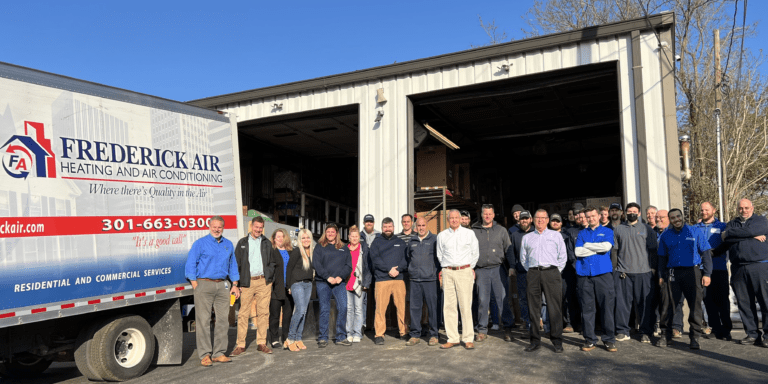If you take a close look at your HVAC system, you may notice an emergency setting and wonder what it does. You may even wonder if you should give that setting a try but before you do, you need to know what it does and what it should be used for.
The setting in question is the emergency heat setting, and it serves a very specific purpose. The emergency setting is not for when you feel a little cold – it is truly designed to protect you from extreme cold weather.
Here are 10 things you need to know about the emergency setting on your HVAC system.
- Emergency Heat is Just What it Sounds Like: Under normal circumstances, your main heat pump should have no trouble keeping your home warm and comfortable in even the coldest weather. But when a period of extreme cold strikes, the furnace may not be able to keep up. Worse yet, the primary heat pump may stop working altogether. In those extreme circumstances, pushing the emergency heat setting can keep your family warm while you wait for repairs to your HVAC system.
- Using Emergency Heat May Cause Higher Heating Bills: Emergency heat is more expensive than its traditional counterpart, so you will probably see a spike in your utility bills if you need to use it. You should use emergency heat for the shortest period of time possible.
- Your HVAC System May Not Have an Emergency Setting: If you live in a southern climate, where temperatures rarely drop below 40 degrees, your HVAC system may not have an emergency setting at all. So do not panic if you cannot find the emergency setting; these emergency heat settings are designed for northern climes, where temperatures in the winter are consistently close to or below freezing.
- You Should Check the Functioning of Your Furnace Before Activating Emergency Heat: If it has been extremely cold outside for an extended period of time, your furnace could be functioning normally and still not be able to keep up. Extreme cold weather, especially subzero temperatures, can put a strain on even the most efficient HVAC systems. Before you go for the emergency heat, make sure your furnace is still on and functioning normally.
- Check Your HVAC System for Damage Before Pushing the Emergency Setting: Before you activate your emergency heat, be sure to check your HVAC components for damage. All kinds of things can happen in the winter, from fallen trees crushing HVAC units to leaking water encasing them in a block of ice. Knowing what is going on will make your service call easier and allow you to get back to regular heat as quickly as possible.
- Emergency Heat Mode Comes with a Red Indicator Light: When you turn your emergency heat on, you will see a red indicator light. This light tells you that your HVAC system is now operating in emergency mode, and it will remain on until you deactivate your emergency heat. Make a habit of looking at your HVAC system and watching for the indicator light. That way you will know if the emergency mode was activated by mistake or due to a failing primary heat pump.
- Emergency Heat Should Be Enough to Get You Through: Emergency heat is not a substitute for a fully-functioning HVAC system, and you should not treat it that way. If you need to activate your emergency heat, you also need to call your HVAC technician for repairs. Emergency heat is designed to get you over the hump and keep your home warm, but it is still important to have your primary heat pump checked and repaired.
- An Illuminated Emergency Heat Indicator Could Signal a Problem with Your Heat Pump: If the red indicator light is on but you did not activate emergency heat, there could be a problem with your heat pump. If the HVAC system detects an issue with the heat pump, it may illuminate the emergency light to let you know. If that happens, you should immediately call your HVAC technician for assistance.
- You Should Make Sure Your Emergency Setting is Working Properly: You should not assume that the emergency heat setting on your heat pump thermostat is working normally. The last thing you want to do is press the setting only to find out that the heat is still not flowing. Checking your emergency settings should be part of normal routine maintenance for your HVAC system, so ask your technician to inspect it thoroughly.
- Emergency Heat Could Literally Be a Lifesaver: When the temperatures drop below zero, the cold goes from uncomfortable to life-threatening. If your main heat pump stops working during a string of subzero days, your normally warm home could quickly become dangerous or even uninhabitable. In situations like this, the emergency heat setting on your heat pump thermostat could literally be a lifesaver.
No matter what kind of heating system you use, the emergency setting on your thermostat can give you peace of mind. Now that you know what the setting does, how it works and when to use, and not use it, you can keep your home and your family warm and comfortable all season long.




